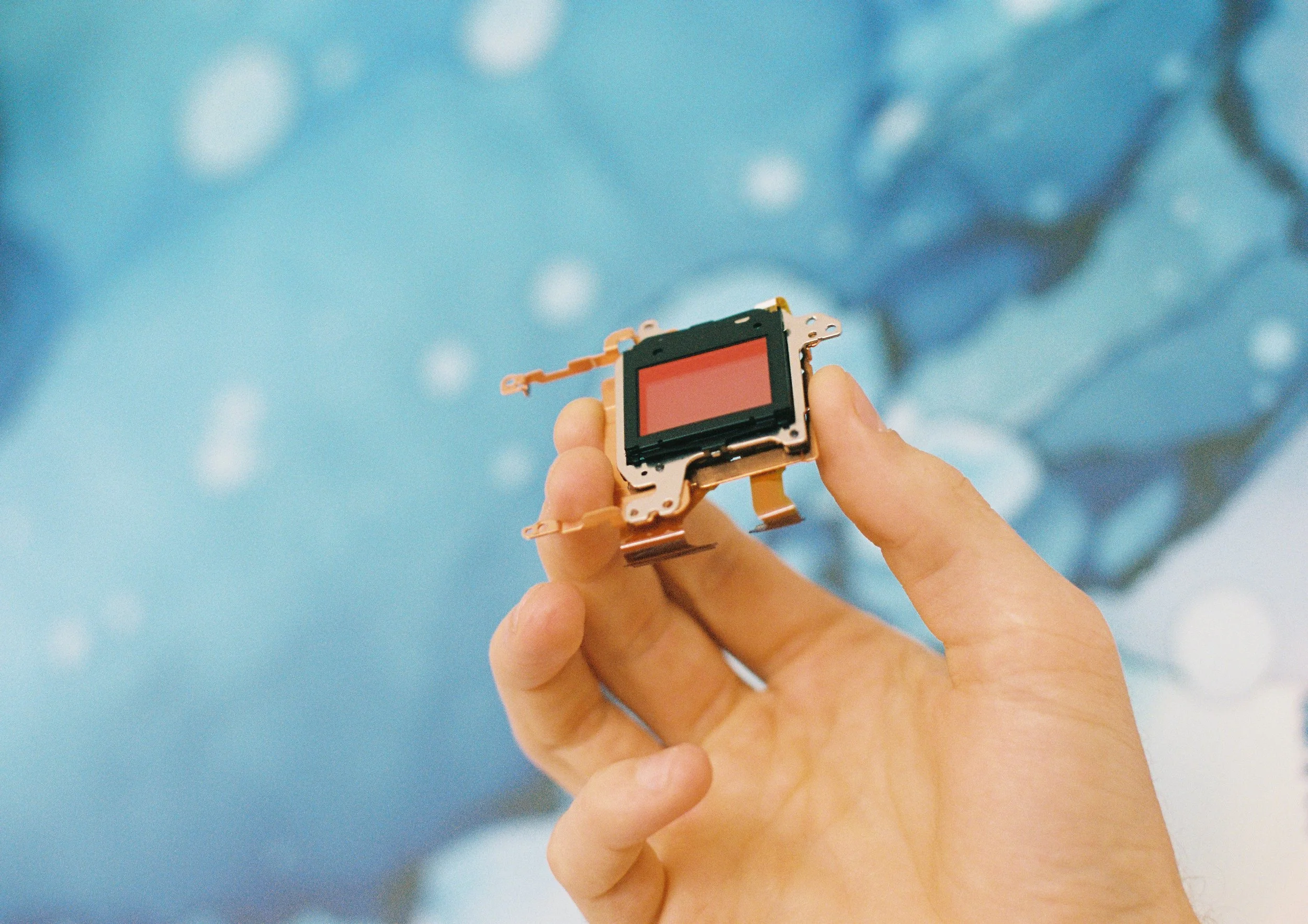Mastering Gear: your Guide to Camera Types
As an aspiring photographer or a seasoned professional looking to expand your toolkit, knowing your equipment is paramount. Here, we'll deep dive into the various types of cameras available, their pros and cons, approximate costs, and ideal use-cases.
1. DSLR Cameras.
Digital Single Lens Reflex (DSLR) cameras are a top choice among professionals. Their internal mirror mechanism allows for real-time, through-the-lens viewing.
Pros: High image quality, excellent low-light performance, wide range of lens options, manual controls.
Cons: Relatively heavy and large, can be complex for beginners.
Cost: $300 - $6,500.
Best for: Sports, wildlife, and studio photography.
2. Mirrorless Cameras.
Mirrorless cameras ditch the mirror mechanism, offering a lighter, more compact body. They're a rapidly evolving technology attracting both beginners and professionals.
Pros: Lightweight, compact, fast shooting rates, excellent video capabilities.
Cons: Shorter battery life than DSLRs, electronic viewfinder might not appeal to all.
Cost: $400 - $4,000.
Best for: Travel and street photography, video recording.
3. Compact Cameras.
Also known as point-and-shoot cameras, these are ideal for beginners and casual photographers who want a simple, portable solution.
Pros: Small and easy to use, inexpensive, some models offer advanced features.
Cons: Limited manual controls, image quality can't compete with DSLR or mirrorless.
Cost: $100 - $1,000.
Best for: Everyday and travel photography.
4. Action Cameras.
Action cameras are built for durability and portability, perfect for capturing adventure sports and travel.
Pros: Extremely durable, waterproof, compact, wide field of view.
Cons: Limited manual control, not great for low-light conditions.
Cost: $100 - $500.
Best for: Adventure sports, underwater, and travel photography.
5. Instant Cameras.
Instant cameras provide an instant physical photograph. They're fun, creative, and easy to use.
Pros: Instant physical prints, user-friendly, great for events.
Cons: Film can be expensive, limited creative control.
Cost: $50 - $200.
Best for: Parties, weddings, scrapbooking, and other social events.
6. Medium Format Cameras.
Medium format cameras are a step above the rest in terms of image quality and price, commonly used by top-end professionals.
Pros: Exceptional image quality, excellent dynamic range and depth of field.
Cons: Very expensive, large and heavy.
Cost: $3,500 - $50,000.
Best for: Professional studio, fashion, landscape, and portrait photography.
7. Drones.
Drones offer a unique perspective, capturing aerial photos and videos.
Pros: Unique aerial perspective, great for video, expanding range of applications.
Cons: Restricted in some areas, requires practice to fly.
Cost: $100 - $3,000.
Best for: Aerial photography and videography, real estate, travel, and landscape.
Choosing the right camera for you ultimately depends on your specific needs, style, and budget. Understanding the pros, cons, and costs of each type of camera is a significant step towards mastering the gear and becoming a better photographer. If you have any questions, feel free to reach out! Vanda Media is always happy to guide and inspire creatives in the media industry!
If you want more information about gear for creators, check out our other blog posts and additional articles to learn more:
Vanda - Blog Posts about Gear.


